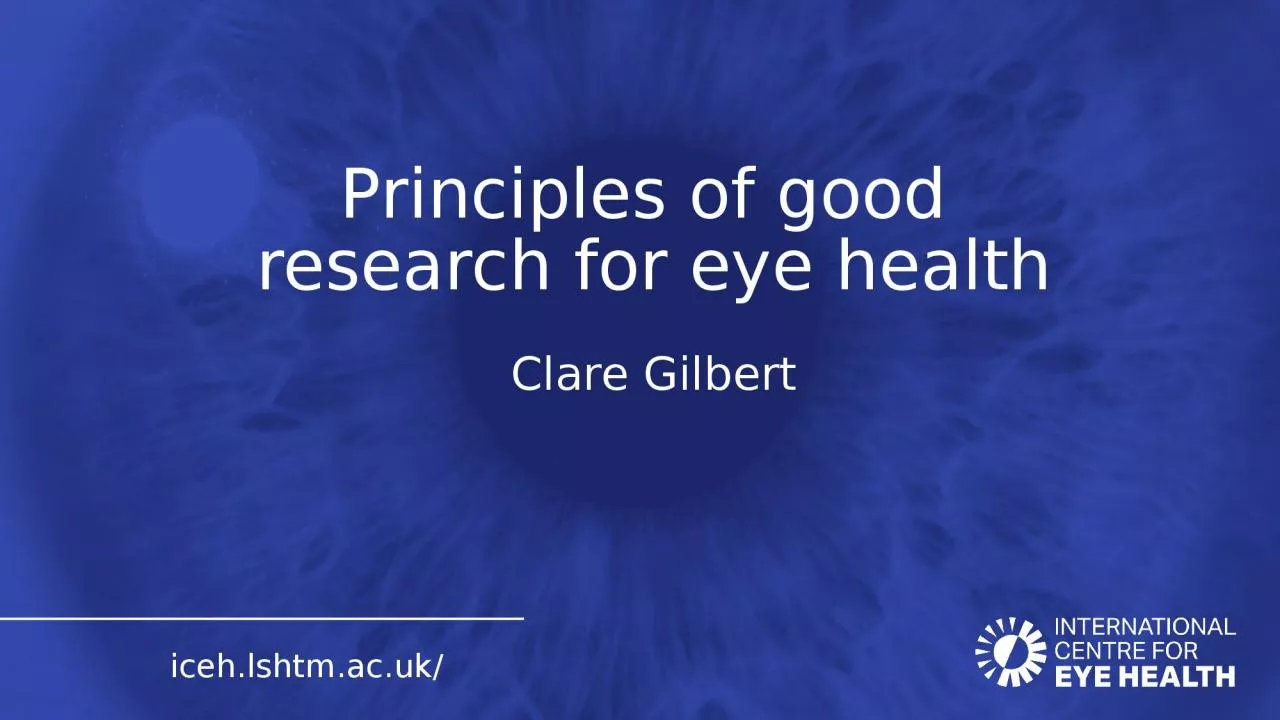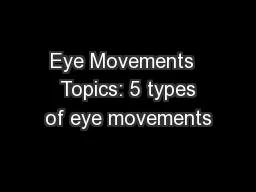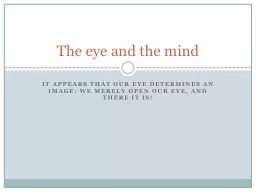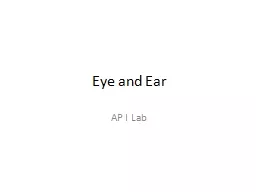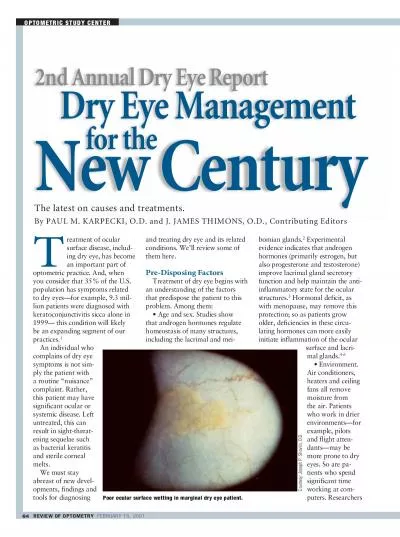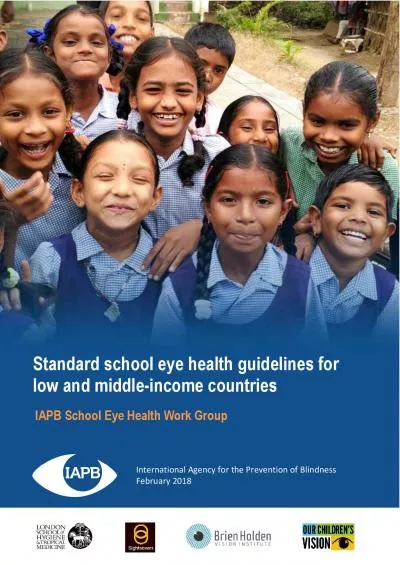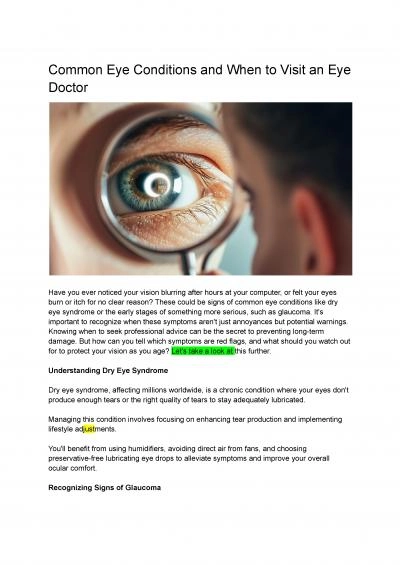PPT-Principles of good research for eye health
Author : finley | Published Date : 2024-03-13
Clare Gilbert Inverseresearch law 90 of people with vision impairment live in low and middle income countries Only 30 of published research was undertaken in these
Presentation Embed Code
Download Presentation
Download Presentation The PPT/PDF document "Principles of good research for eye hea..." is the property of its rightful owner. Permission is granted to download and print the materials on this website for personal, non-commercial use only, and to display it on your personal computer provided you do not modify the materials and that you retain all copyright notices contained in the materials. By downloading content from our website, you accept the terms of this agreement.
Principles of good research for eye health: Transcript
Download Rules Of Document
"Principles of good research for eye health"The content belongs to its owner. You may download and print it for personal use, without modification, and keep all copyright notices. By downloading, you agree to these terms.
Related Documents

